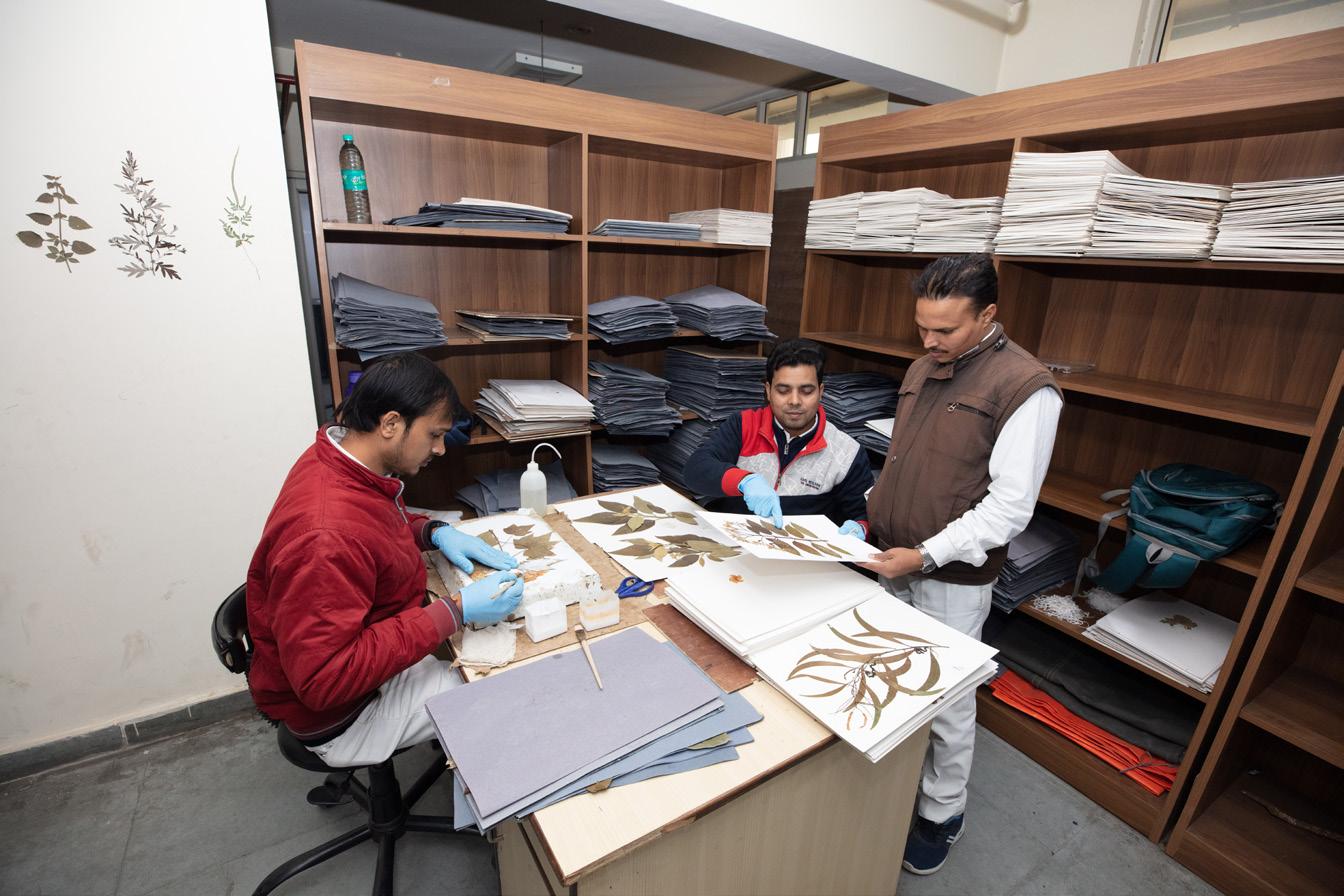Plant Families of The World
Vedic Plant Families of the World
"Information is the foundation of progress"
Vedic Plant Families of the World is a multi-voluminous book of plant taxonomy that deals with botanical description (including vegetative and reproductive characters) of plant families of Bryophytes, Pteridophytes, Gymnosperms and Angiosperms, including their taxonomic treatment, geographical distribution, important genera along with their economic importance.
In these volumes, every plant family is classified according to its morphological characters in the Sanskrit language. The content inside these volumes would greatly help students, researchers, and the entire Botany community. It will help them understand the true morphology of plants by simplifying the plant identification system. Thus, the two volumes penned till now are of immense importance to anybody interested in plants or Sanskrit.
Two volumes are as follows:
Volume I: Angiosperms
The book's first part will have a complete description of 416 families of Angiosperms according to the modern classification system. One of the most essential features of this book is the Sanskrit nomenclature of families, genus, species, and their morphological characters, which are described for the first time in the world in one place. This book covers all the information, i.e. the Sanskrit name of the family, Sanskrit etymology of the family name, geographical distribution, botanical characters, modern classification system, and significant economic importance. The botanical characters are divided into two parts, vegetative and flowering, and described in detail. Also, the economic importance part contains the food, ornamental, medicinal use, and other valuable importance of families. Canvas paintings and line diagrams provide full details of important plants of the families.

Volume II: Bryophytes, Pteridophytes and Gymnosperms
The second volume presents a complete description of all the families of Bryophytes, Pteridophytes, and Gymnosperms. 178 families of Bryophytes are described based on their gametophyte and sporophyte characteristics. 50 families of Pteridophytes are defined based on their morphological characters and structure of sporangia. 12 families of Gymnosperms are described based on their vegetative characters and reproductive characteristics. Furthermore, canvas paintings and line diagrams provide full details of essential plants of the families. To be short, this book will be helpful for botanists, taxonomists, researchers, and students.





